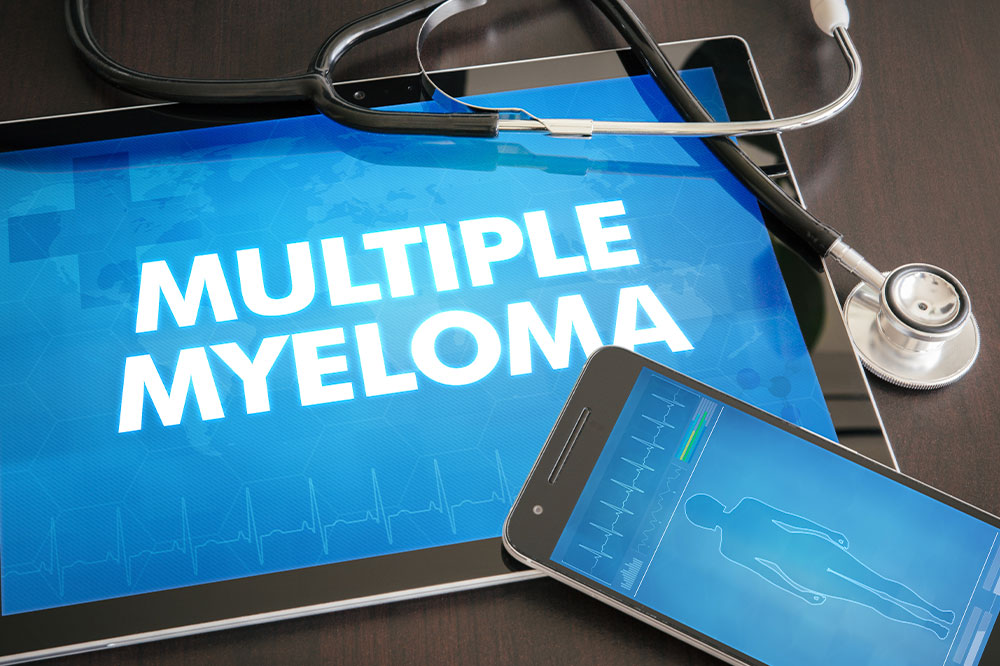Understanding multiple myeloma, its early signs, and symptoms

Multiple myeloma (MM) is a type of cancer that develops in the body’s plasma cells. While healthy plasma is meant to help our bodies fight infections and diseases, cancerous plasma produces abnormal proteins that cause complications. Though there is no known cure for multiple myeloma, prolonged remission is possible. Read further to learn about the common symptoms experienced by multiple myeloma patients and the causes and treatment options for this condition.
Symptoms
There are various signs and symptoms of multiple myeloma. The earliest sign people often notice is bone pain. Some other health conditions often linked to multiple myeloma include bacterial infections such as pneumonia, thrombocytopenia, bone fractures, kidney complications, amyloidosis, hyperviscosity syndrome, and cryoglobulinemia.
Weakness or numbness
People with multiple myeloma often face weakness or a feeling of numbness in their hands and legs. Myeloma can also affect the bones in the spine, causing them to collapse and press on the spinal cord.
Hypercalcemia
Signs of hypercalcemia include nausea, vomiting, loss of appetite, and feeling thirstier than usual. People with myeloma may experience one or more of these symptoms.
Unexplained loss of body mass and fatigue
Due to a lack of appetite and loss of immunity, MM patients may experience unexplained loss in body mass. In addition, tiredness, another symptom, can affect people’s daily functioning and is also an indicator of anemia.
Easy bruising and bleeding
Abnormal plasma cells may prevent the body from producing enough platelets necessary for blood clotting and can lead to frequent and easy bruising and bleeding.
Loss of immunity
Since myeloma affects the white blood cells, which are crucial for protecting the body against germs and infections, immunity is compromised. In addition, it can lead to frequent and more severe infections.
Causes
Potential causes of multiple myeloma include genetic mutations, environmental factors such as exposure to radiation or chemicals, and inflammatory diseases or conditions like heart disease, type 2 diabetes, or rheumatoid arthritis.
Diagnosis and treatment
Diagnosis for this condition requires various tests such as complete blood count (CBC), blood chemistry tests, quantitative immunoglobulin tests, electrophoresis, urine tests, X-rays, computed tomography (CT) scan, MRIs, positron emission tomography (PET) scan and bone marrow biopsies. While there is no known way to prevent multiple myeloma, some known standard treatment options include prescriptions for those who face significant bone pain and antibiotics for a weakened immune system. In advanced cases, doctors may suggest chemotherapy to reduce the bulk of abnormal plasma cells, immunotherapy to stimulate the immune system to produce more cancer-fighting cells, radiation therapy to reduce bone tumors, or stem cell transplants.

